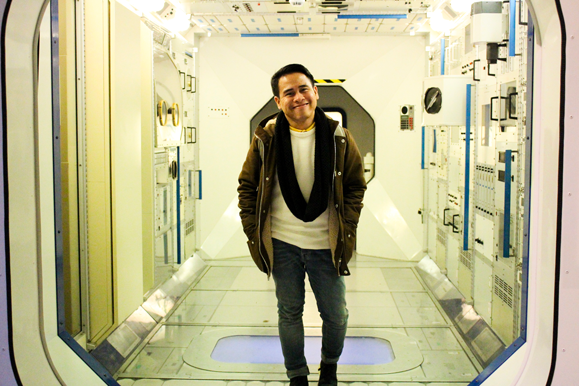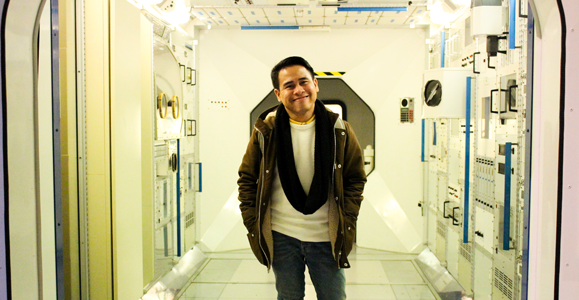
Superstars and wonders beyond space
Almost 35 Chevening Scholars from various universities in the United Kingdom took off to the University of Leicester and the National Space Centre on 8 December to attend the Chevening event ‘Out of this World: To Leicester and Beyond’.
This event aimed to showcase the great work spearheaded by the University of Leicester in advancing the UK’s space programmes. It also enjoined scholars to appreciate the contributions of space projects to human life through immersion at the UK’s largest space museum.
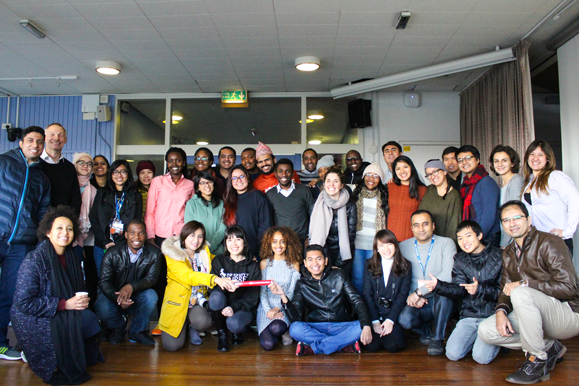
From Leicester and beyond
The University of Leicester houses the Space Research Centre which makes vital contributions in the field of space science. The space centre has exactly 50 years of long-standing internationally renowned space research and exploration. It has had significant roles in various space missions for the National Aeronautics and Space Administration (NASA), the European Space Agency, the UK Space Agency, India Space Research Organisation (ISRO), and Japan Aerospace Exploration Agency (JAXA).
From the Leicester-built space instrument for the Skylark rocket, launched in 1961; to the first British satellite, Ariel 1; to the sighting of Halley’s Comet over Leicester in 1985; up to the creation of the UK’s National Space Centre; Leicester continues to be a witness to past, current, and future space science advancements.
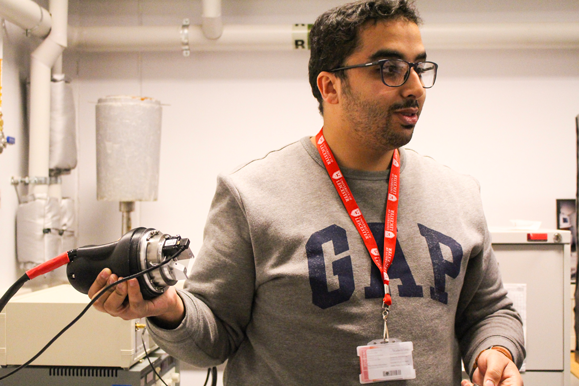
Chevening scholars witnessed these innovations themselves through a tour around the university’s Space Research Centre. They learned that space novelties are not only meant for outer space but also, in the field of medicine, air-quality research, and telecommunications.
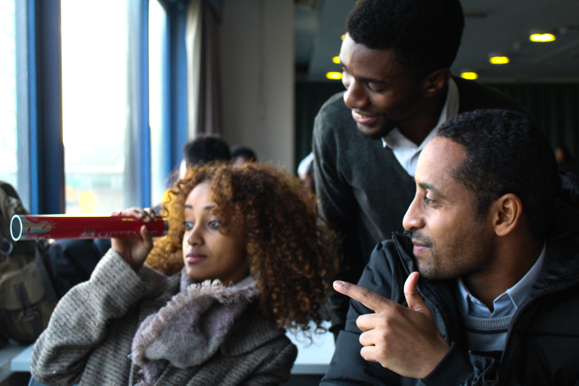
One of which is the mini-gamma ray camera which helps in locating cancerous tumours for accurate, less intrusive, and successful surgical operations. Scholars also had a sneak peek of the ‘next big thing’ in space exploration – the James Webb Space Telescope. The $10bn telescope is said to be the successor of the almost three-decade-old Hubble Space Telescope, and will be launched in late 2018.
Earthlings: ‘Thank you space’
A brief and informative lecture from Professor Martin Barstow, Pro-Vice-Chancellor, Head of the College of Science and Engineering, and Professor of Astrophysics and Space Science, tickled the minds of participating Chevening Scholars. Professor Barstow talked about the importance and contributions of space programmes to human life.
Specifically, in life and medical science, climate change and action, security and defence, the economy, and other things. He also discussed the humble beginnings of the UK’s space centre: ‘It was low-key, non-competitive, and used space peacefully.’
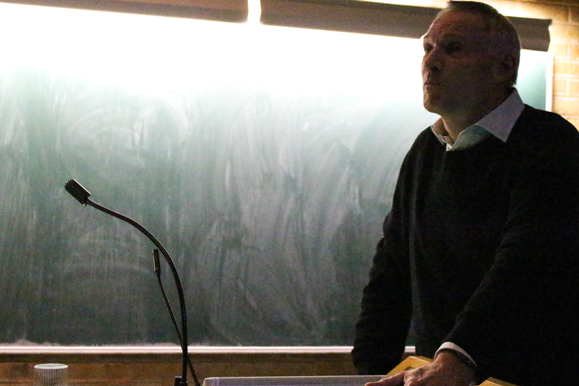
Cheveners are superstars
A tour around the National Space Centre concluded this ‘out of this world’ Chevening activity. The National Space Centre is the country’s largest space museum and educational resource centre. Composed of six interactive galleries, it offers sophisticated installations and simulations about space science and astronomy.
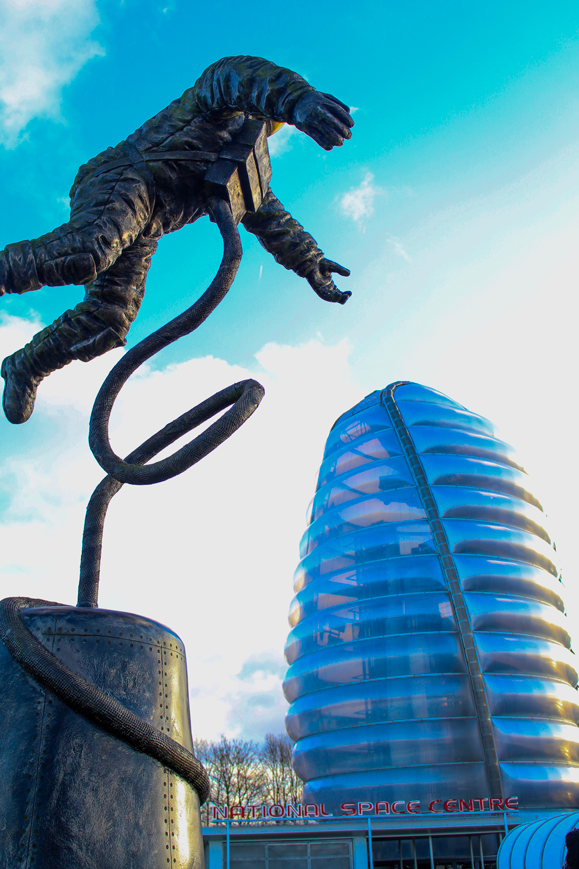
Cheveners felt like superstars having the chance to walk inside the replica of the Columbus Module; travel to Europa, Jupiter’s icy moon; touch a real moon rock; and glimpse a 42-metre-high rocket tower.
Before finally ending the daytrip to space, scholars also had the chance to watch a 360-degree short film about the evolution of the universe entitled ‘We Are Stars’. Dubbed as the ‘most immersive show in the universe’, this short film interactively narrates our cosmic origins, telling that stars and humans are made of same chemical components – atoms.
This activity demonstrates that Cheveners are not only made from stars, they are actually superstars. Superstars who continue to wonder and wander in space and find answers to their questions. Superstars who will shine the brightest in their respective fields and expertise. Superstars who will give light to their countries after a year of probing in the UK.
